Meet the leaders of Hong Kong’s art scene
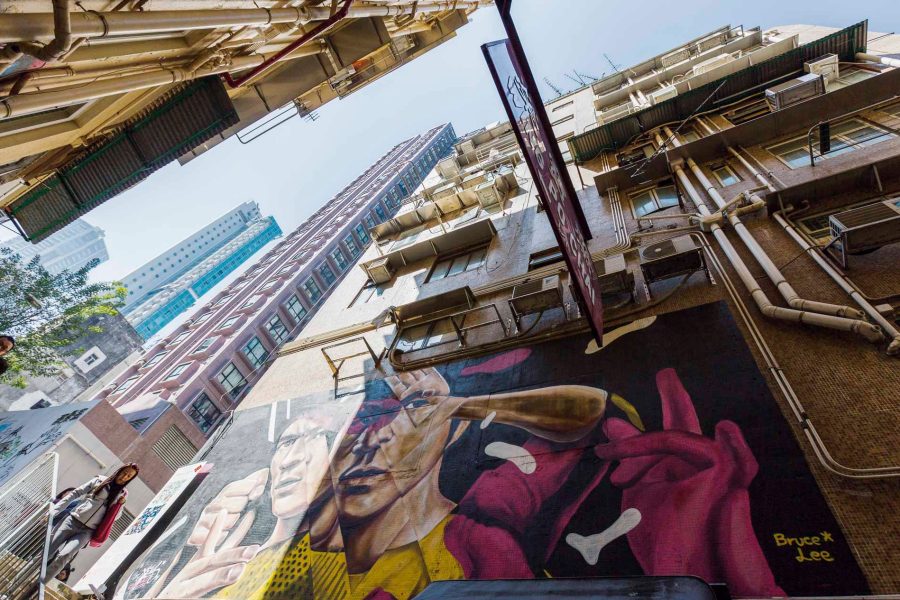
Remember the days when Hong Kong was derided as a cultural desert? Neither do we. Today, Hong Kong is an undisputed hub of the global art market, which has had the happy side effect of buoying the non-commercial side of the art scene, too. Major non-profit cultural institutions like Tai Kwun and The Mills opened last year, the Hong Kong Museum of Art is undergoing an expansion, renovation and rethink, and M+ , a large museum with world-leading ambitions, is set to open next year.
None of this would have happened without the artists, curators, collectors, art fair showrunners and gallery owners that have been tirelessly building up the foundations of Hong Kong art. Here are some of the names you need to know.
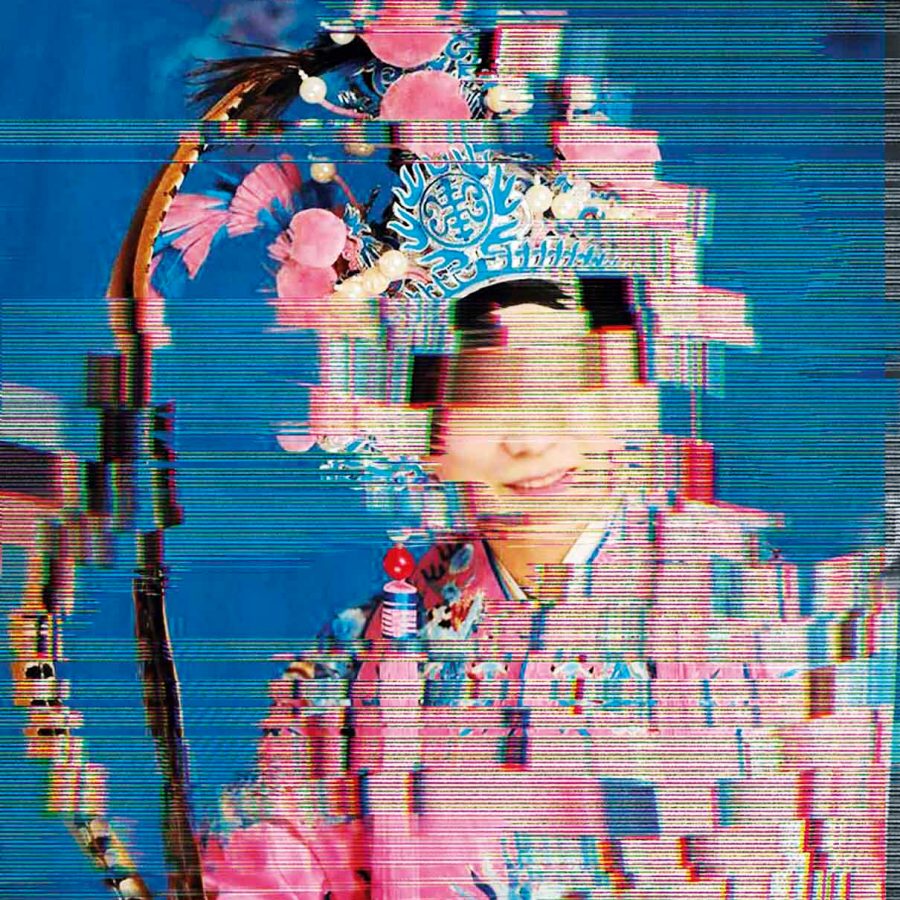
Credit: Ellen Pau
The established artist: Ellen Pau
It’s a peculiar experience, preparing for a retrospective exhibition of your entire career as an artist. In the case of Ellen Pau, it’s a career that spans the three decades since she produced her first video art piece in 1985. ‘It’s like stripping down paint,’ says Pau. ‘It really opened up my past. It’s a bit scary for me.’
There’s really no reason to be scared. Just the opposite – Pau’s story is inspiring. Born into a medical family, she followed in her parents’ footsteps and joined the healthcare field as a radiographer. When portable video recorders became affordable in the 1980s, she began experimenting in her spare time, eventually joining forces with fellow video enthusiasts May Fung, Comyn Mo and Wong Chi-fai to create Videotage, Hong Kong’s first video art organisation.
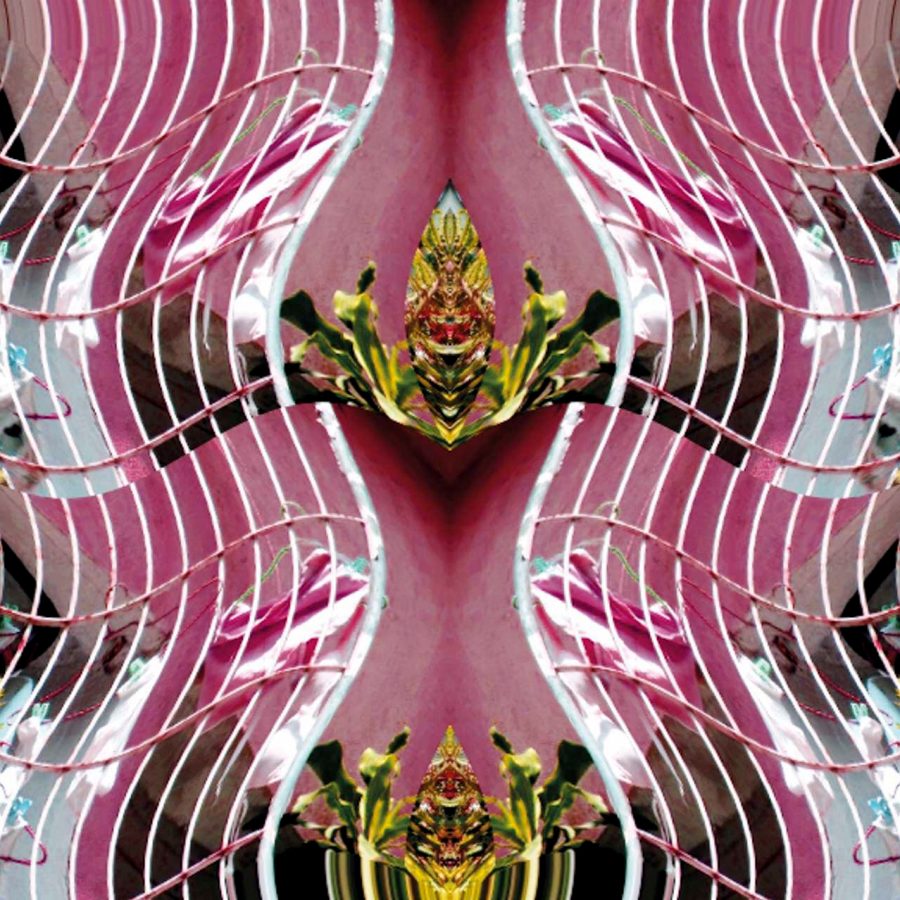
Credit: Ellen Pau
Since then, Pau has used video to explore issues of belonging and identity, much of it in response to the city and society around her. ‘There are a lot of stories in the city – people living there, the cityscape, the animals living there, the organisms,’ she says. Increasingly, she is working with augmented reality to create new artworks. Videotage is still going strong.
Amazingly, Pau continues to work full-time as a radiographer. ‘I’m absorbing the nutrients from my medical practice,’ she says. ‘The scientific way would be very clean and clinical. But I‘m using my other eyes to look at life in a more abstract and messy, blurry way.’

The emerging artist: Lau Wai
Lau Wai began taking photos as a teenager, but it was when she first saw the works of Canadian photographer Jeff Wall that she really began to understand the potential of photography as an artform. ‘Photography doesn’t necessarily need to be something that records what is happening in that moment – it’s something that can be created afterwards,’ she says.
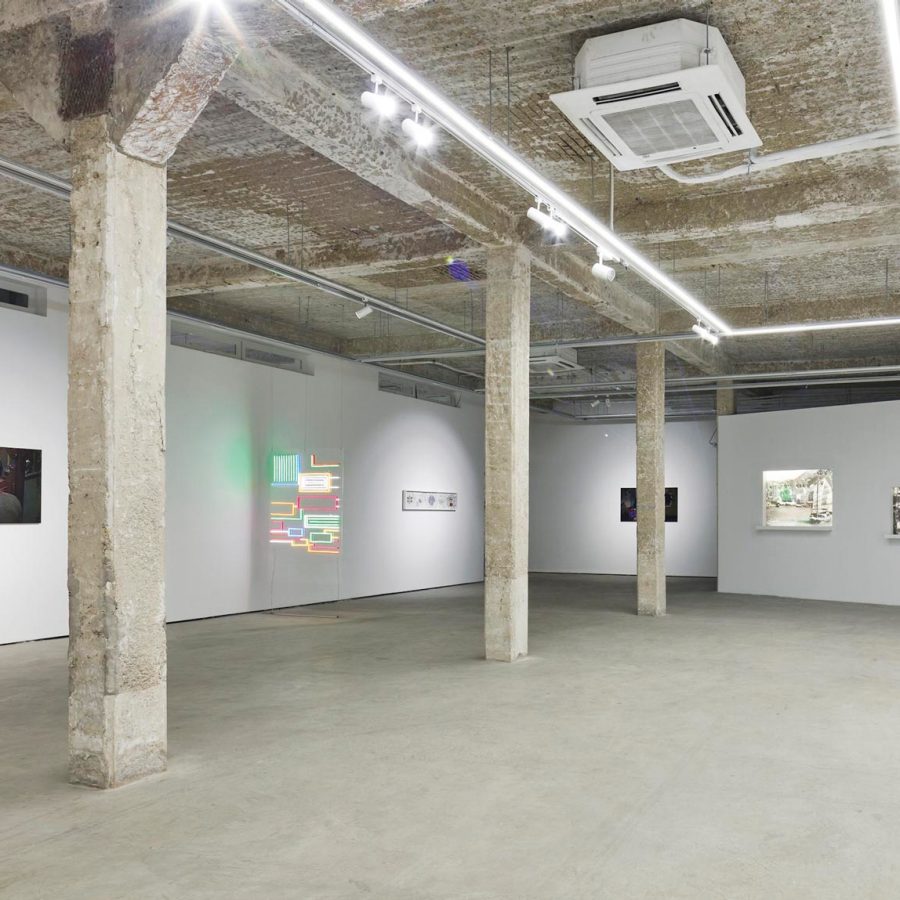
Currently studying towards an MFA at Columbia University in New York, Lau has already produced an intriguing portfolio of work. Her early work explored the details of her family’s flat in Hong Kong before expanding into more conceptual territory, such as the series Profile Picture, in which Lau painted anime motifs on childhood photos. ‘I think Japanese anime had a huge influence on how I understood gender norms and sexuality at an early age,’ she says. Another series, Walking to Nam Kok Hotel, manipulates stills from The World of Suzie Wong, exploring colonialism and sexism through its depiction of late-1950s Hong Kong.
Lau is just getting started. Her practice extends to painting, silkscreening and drawing. Lately, she has become interested in moving images and 3D modelling. All of it serves the same conceptual goal: exploring what makes us ourselves. ‘I’m always in search of this,’ she says. ‘[It’s] something that always linked up all my works.’
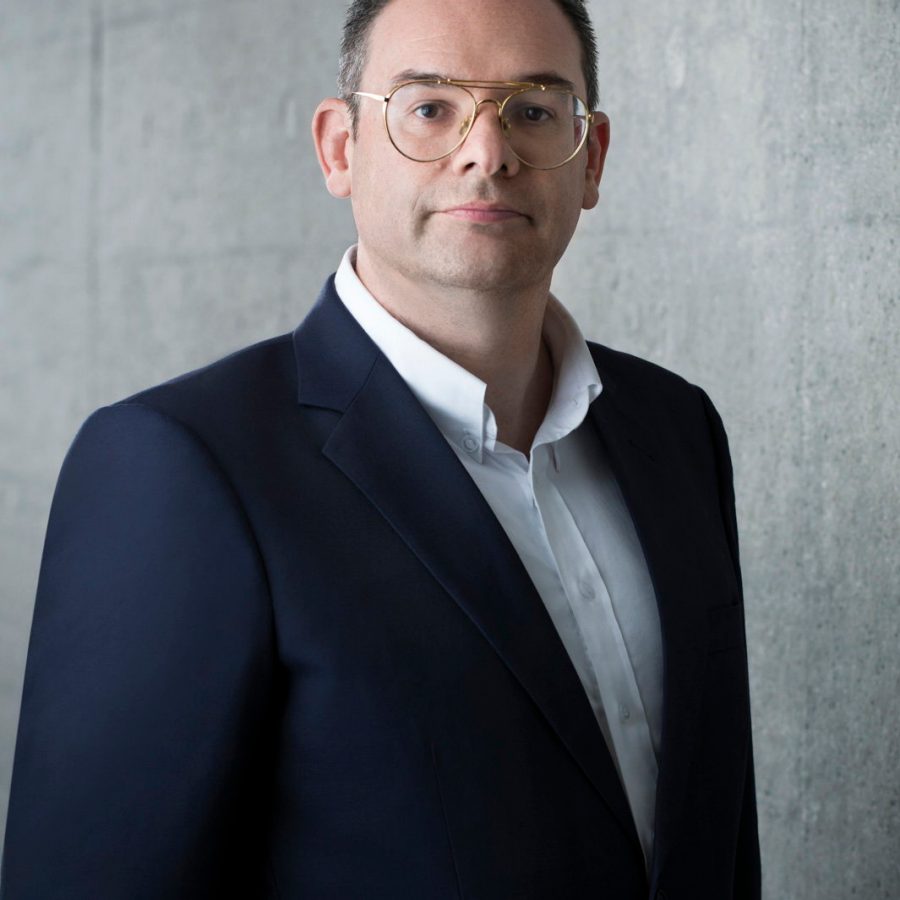
The curator: Tobias Berger
German curator Tobias Berger was working at Hong Kong’s upcoming M+ museum when he was invited to work as the head of arts at Tai Kwun, the new art and heritage complex fashioned out of the former Victoria Prison and Central Police Station. ‘The possibility to set up an art centre that is non-collecting and really focused on contemporary visual art in Hong Kong – not only at this time but at this location, with this history – that made it almost a job offer one could not refuse,’ says Berger.
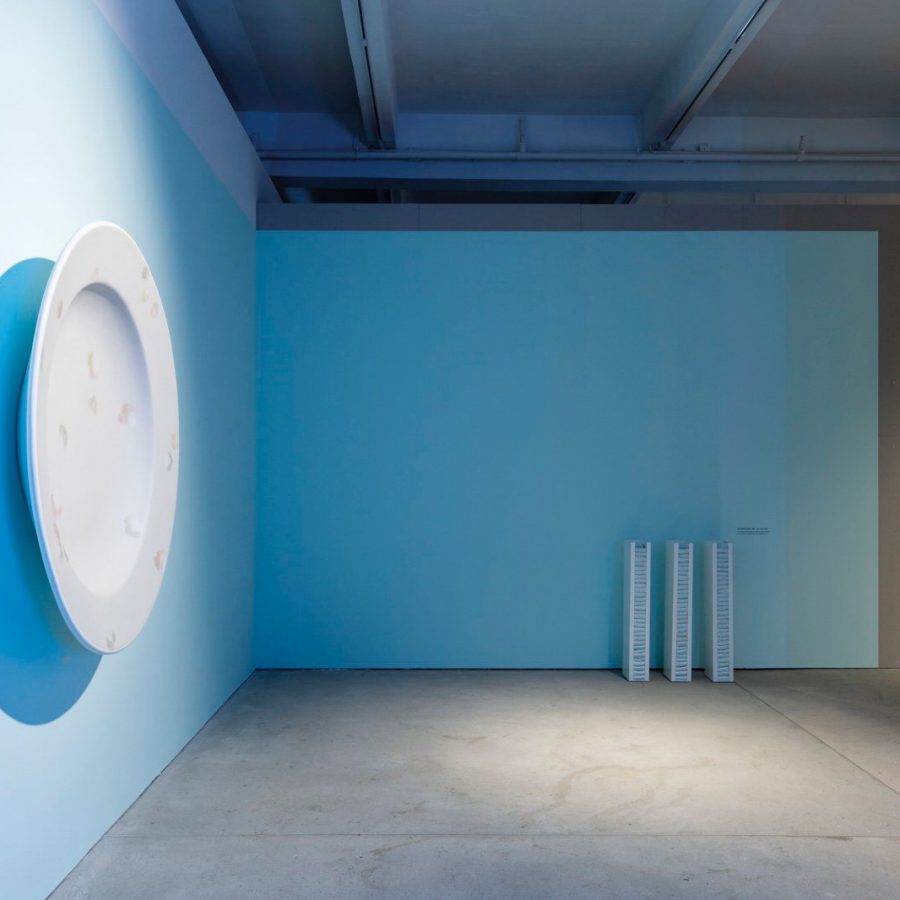
Credit: Kwan Sheung Chi
Tai Kwun is the first in a new wave of institutions, including M+ and The Mills, that are set to reshape Hong Kong’s art scene. Its main art space, JC Contemporary, takes the approach of a kunsthalle with rotating shows. ‘We invite institutions from Hong Kong or from overseas to develop exhibitions together,’ says Berger. Since it opened last spring, the space has played host to shows by Cao Fei, Wing Po-so, Tang Kwok-hin and other local luminaries. ‘It’s always different. Every exhibition has been another adventure,’ says Berger.
Berger first came to Hong Kong to run Para Site, a non-profit art space that until then had been run by artists themselves. He helped push it towards the leadership role it now plays in Hong Kong’s art scene, as a rare non-profit, independent space for art. He is taking the same approach to his work at Tai Kwun. ‘The exhibitions are tailor-made for Hong Kong,’ he says. ‘We don’t want to forget where we are and make it into some sort of amusement park. We want to do some very serious exhibitions.’
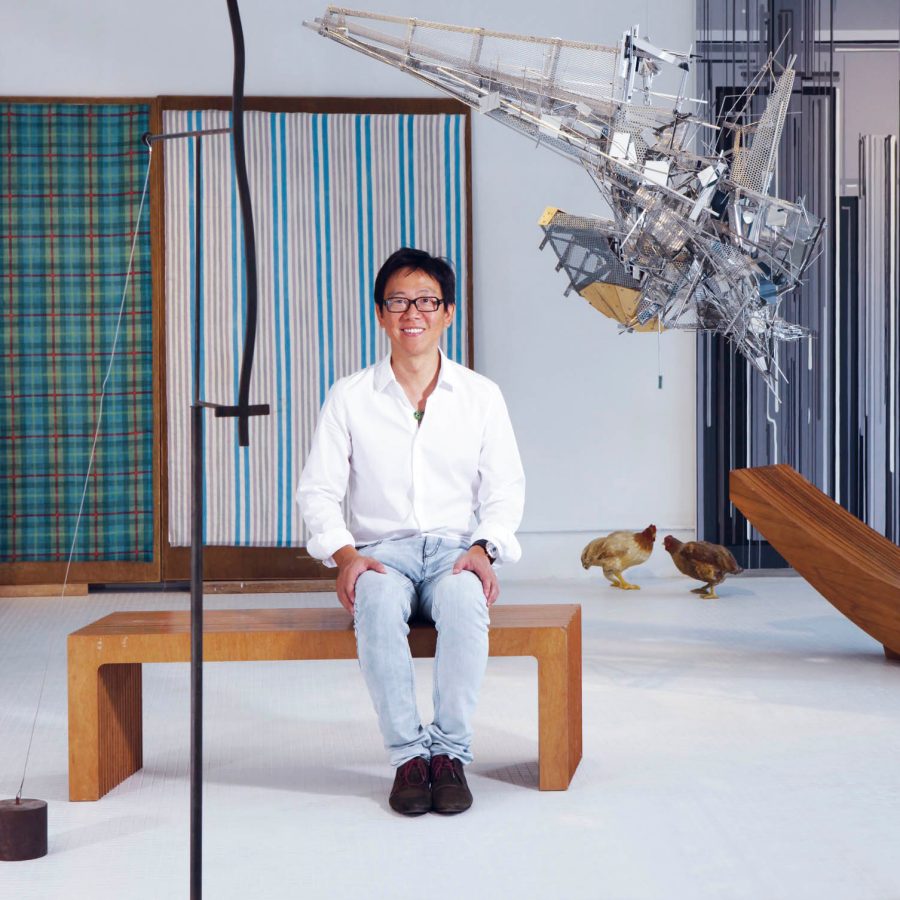
The collector: William Lim
William Lim is an architect who has designed high-rises all over Hong Kong, and an artist who has created imaginative bamboo installations in the PMQ complex, the Asia Society Hong Kong Center and Victoria Park. But when he came across a typically wry ink painting by artist Wilson Shieh a number of years ago, he became something else as well: a collector.
Lim is now one of the leading collectors of Hong Kong art, and his impressive treasure trove includes works by Nadim Abbas, Adrian Wong, João Vasco Paiva, Lee Kit, Ho Sin-tung, Morgan Wong, Tozer Pak and many more of the city’s most noteworthy artists. In 2014, he published No Colors, a catalogue of his collection, and it has only grown since then.
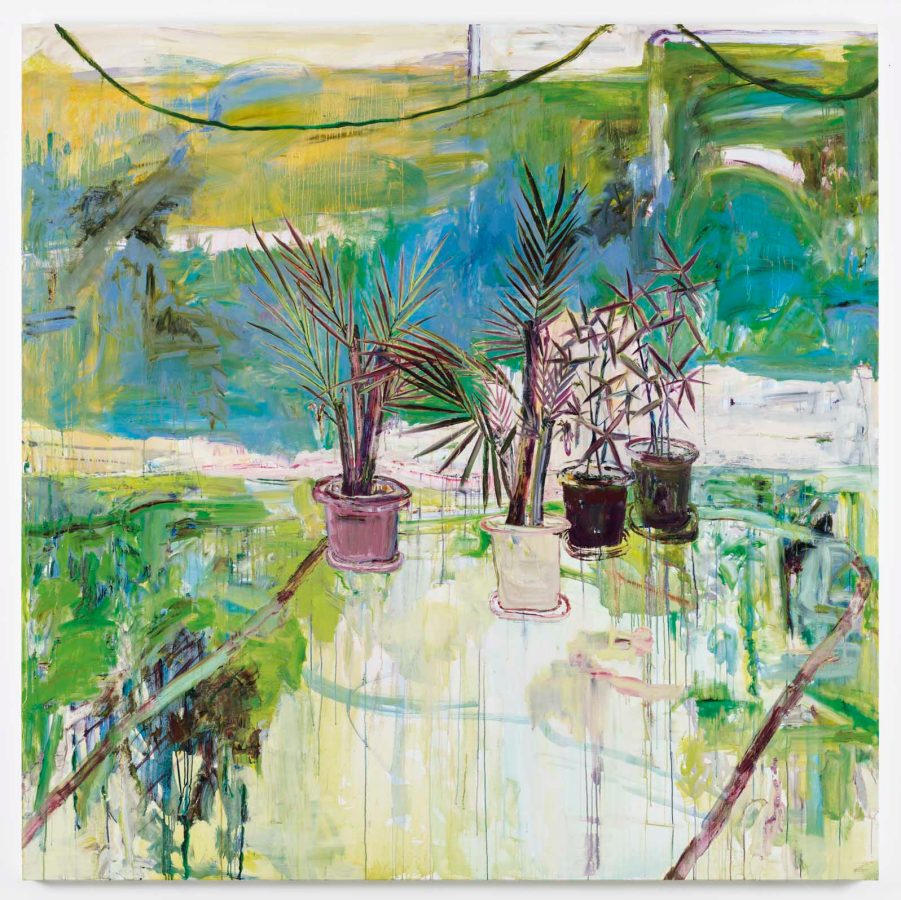
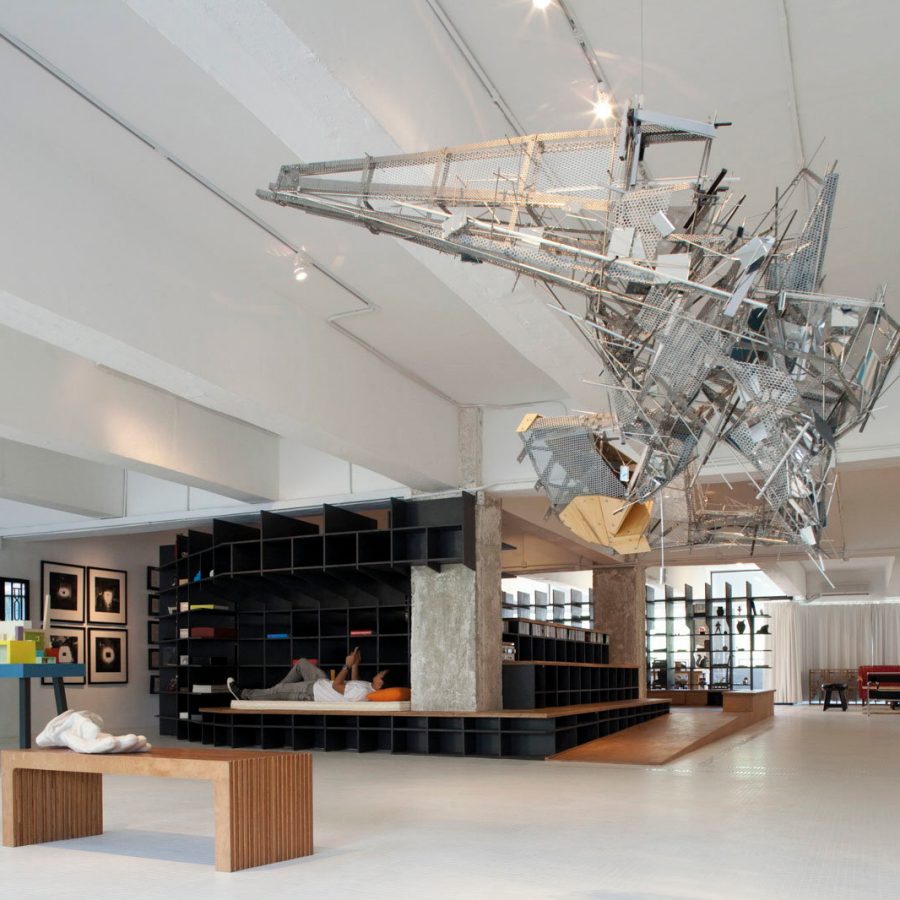
‘I’ve continued to follow some of the artists that I’ve been interested in,’ says Lim. ‘My idea of a collection is to really follow the career of artists and collect from different stages of their development.’ He has also been paying attention to emerging artists like painter Cheng Ting-ting, whose work has a ‘youthful spirit’ that he finds intriguing, as well as older artists like Chu Hing-wah who influenced those that form the core of his collection.
It almost sounds like Lim is approaching his collection the way a museum would, which raises the question of what he intends to do with all of his art. ‘I haven’t really thought too much about that at this point,’ he says. He may donate some larger installations to museums, but for the time being, he is hanging on to the rest of the work. ‘I enjoy my collection and I always feel that art is something you live with,’ he says. ‘As long as I am alive I will probably like to be quite close to my collection.’
The art fair director: Mark Saunderson
Mark Saunderson fell into the artistic rabbit hole when he began collecting art more than 20 years ago, which eventually led him to stage a Banksy show in 2007, then open a gallery called Fabrik. It was at that point he realised something about the art market. ‘Many buyers are quite intimidated to go into a gallery,’ he says. That sparked an idea: why not stage a hotel art fair in Hong Kong?
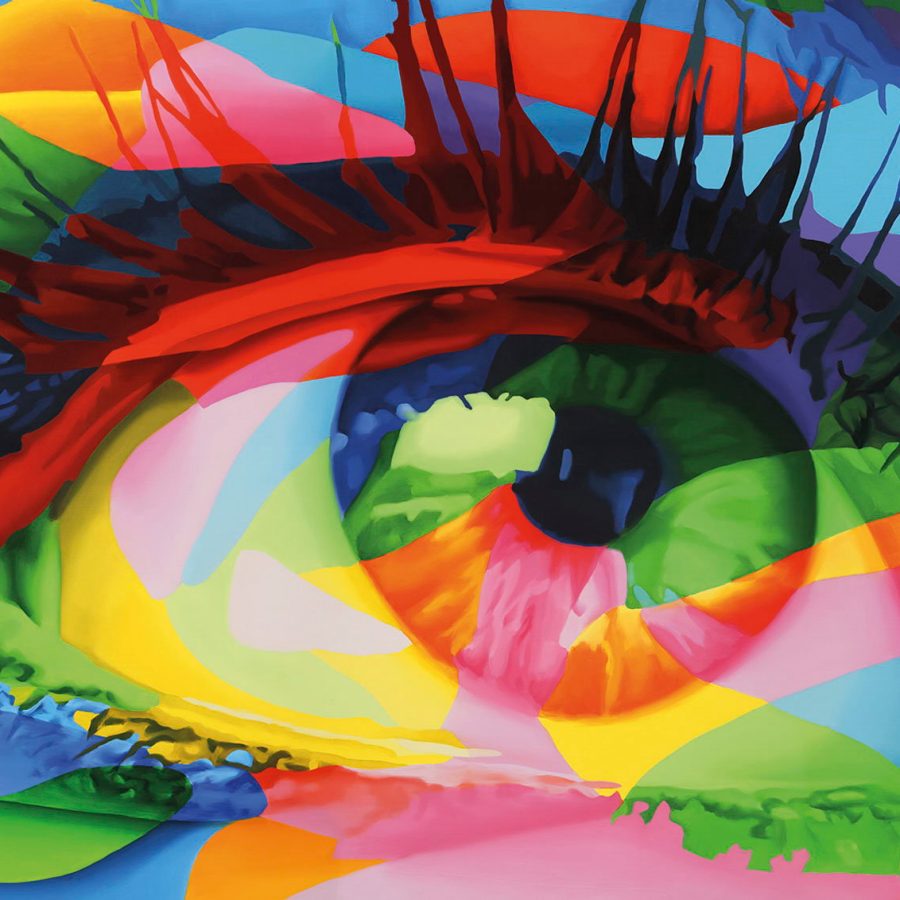
The Asia Contemporary Art Show launched its first edition in 2012 and since then it has been held twice a year to coincide with the rush of art fairs in March and the Golden Week holidays across the Chinese mainland in October. Spread over four floors of the Conrad Hong Kong Hotel, the fair brings together works by more than 1,600 artists presented by galleries from around the world. ‘It’s a process of discovery going from room to room,’ says Saunderson. ‘It gives younger collectors the opportunity to imagine the work in a more domestic setting.’
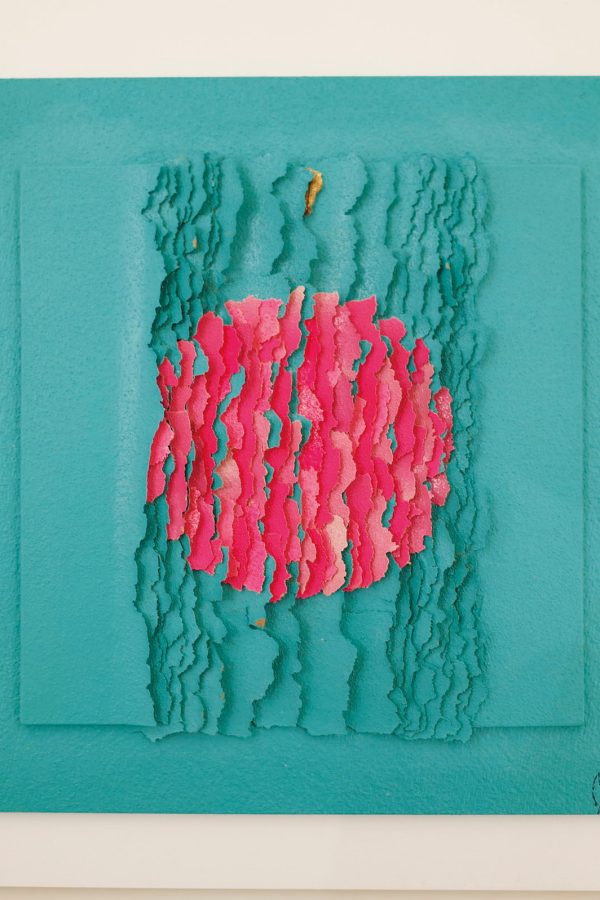
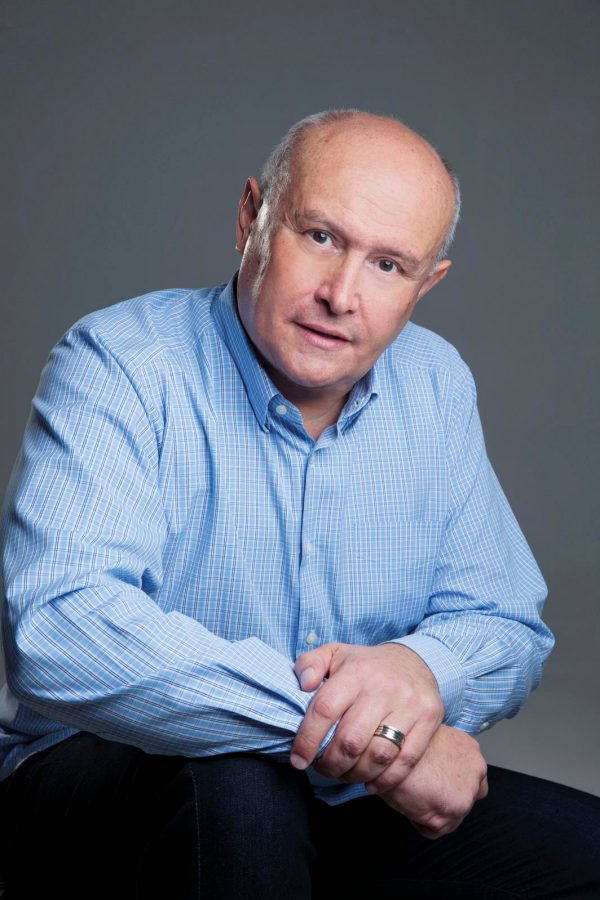
It distinguishes itself in another way, too. Unlike most art fairs, a quarter of Asia Contemporary’s exhibitors are artists themselves. ‘It has turned out to be a popular feature among visitors to the show,’ says Saunderson. ‘People can just talk to the artist about the work.’
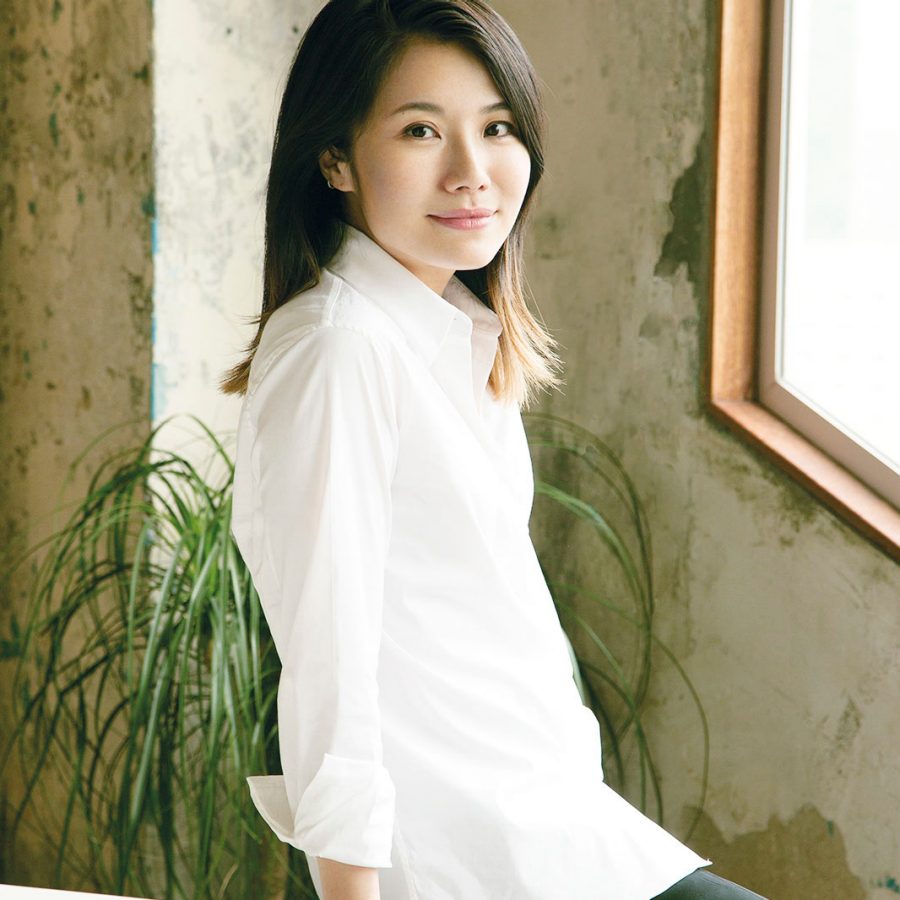
The gallerist: Mimi Chun
Trailblazers usually don’t mean to forge ahead of everyone else – they do it because they have no choice. When Blindspot Gallery opened in 2010, it was a rare Hong Kong gallery that specialised in photography, and it was the first gallery to open in Wong Chuk Hang, an industrial area on the city’s south side.
The gallery was housed in a former commercial laundry, but it wasn’t alone for long: over the next several years, Wong Chuk Hang blossomed into Hong Kong’s go-to destination for art, as many Central galleries flocked to its old factory buildings for more space and more affordable rent.
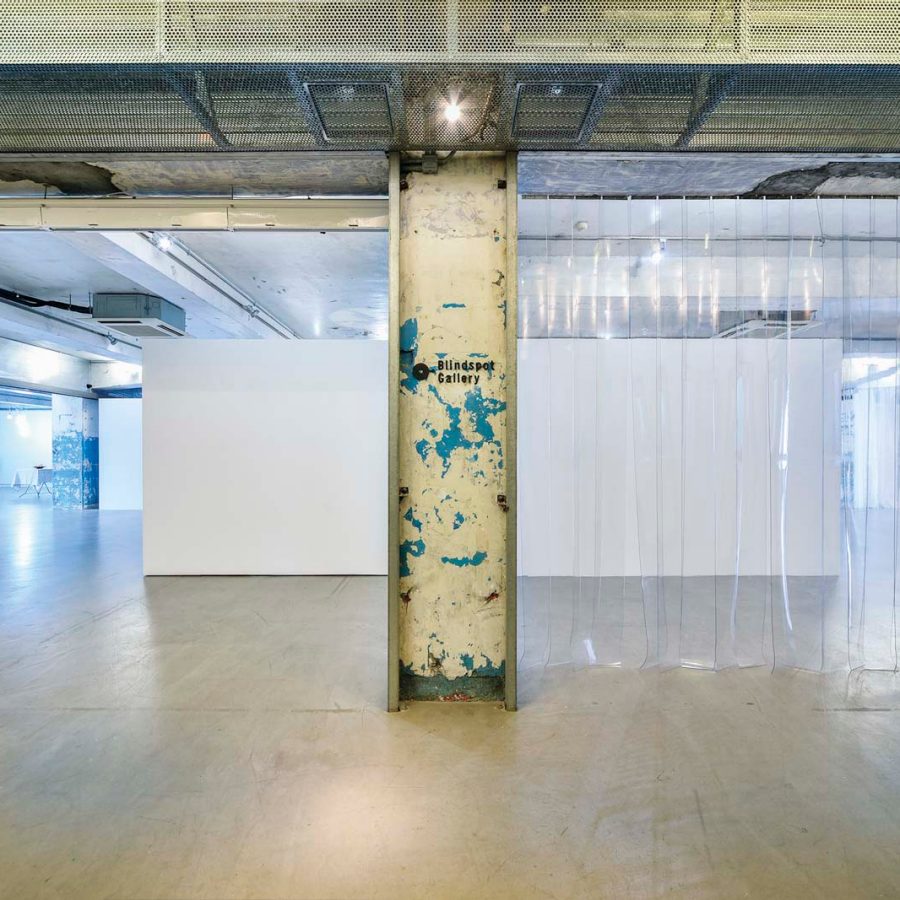
Blindspot has evolved along with the neighbourhood around it. ‘Over the past decade, with the rapid development of the art scene which has become much more inclusive in representing different media of art, photography is no longer in the blind spot,’ says Chun, who studied film and photography at university. The gallery’s programme now includes video, painting and installation art, and Chun says she wants to focus on growing young talent from Hong Kong, especially female artists.
‘A gallery has to be responsible to their artists and support them in whatever way they can,’ says Chun. ‘It is also important to think about how to engage your audience with different levels of exposure to art, even if your audience may not become your buyer. I believe most artists want to connect with their audience through their art.’
Hong Kong travel information
- China – the Chinese Mainland, Hong Kong SAR, Macao SAR and Taiwan Region
- Hong Kong SAR - English
- Chinese Mainland (China) - English
- Taiwan, China - English
- 香港特別行政區 - 繁體中文
- 中国內地 - 简体中文
- 中國台灣 - 繁體中文
- Africa
- South Africa - English
- Asia
- Bangladesh - English
- Korea - English
- Singapore - English
- Cambodia - English
- 한국 - 한국어
- Sri Lanka - English
- India - English
- Malaysia - English
- Thailand - English
- Indonesia - English
- Maldives - English
- ประเทศไทย - ภาษาไทย
- Indonesia - Bahasa Indonesia
- Myanmar - English
- Vietnam - English
- Japan - English
- Nepal - English
- Việt Nam - tiếng Việt
- 日本 - 日本語
- Philippines - English
- Australasia
- Australia - English
- New Zealand - English
- Europe
- Belgium - English
- France - Français
- Россия - Русский
- Denmark - English
- Ireland - English
- Schweiz - Deutsch
- Deutschland - Deutsch
- Italia - Italiano
- United Kingdom - English
- España - Español
- Nederland - Nederlands
- Middle East
- Bahrain - English
- Saudi Arabia - English
- United Arab Emirates and Qatar - English
- Israel - English